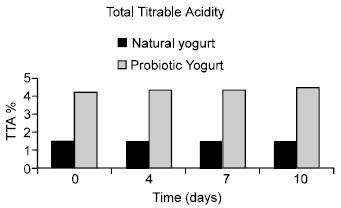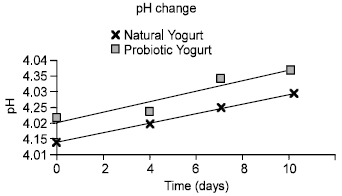Research Article
Quality Comparison of Probiotic and Natural Yogurt
School of Science and Technology, University of Teesside, Middlesborough, United Kingdom
Attiq-ur-Rahman
School of Science and Technology, University of Teesside, Middlesborough, United Kingdom
Nigel Atkinson
School of Science and Technology, University of Teesside, Middlesborough, United Kingdom













